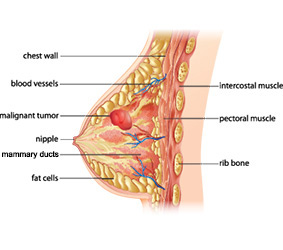There are several things that can lower your risk of breast cancer:
Limit the Amount of Alcohol You Drink
For breast cancer, there is no safe limit for drinking alcohol. Even drinking small amounts of alcohol can raise your risk. Compared with no drinks a day, each daily alcoholic drink raises your risk of getting breast cancer by almost 10%.
Maintain a Healthy Weight
If you are not at a healthy weight, losing even a small amount of weight can help lower the risk to your health. Small changes in your diet and physical activity may be enough to help you become healthier.
Stay Active
Being physically active can improve your health, well-being and quality of life, and lower your risk of cancer.
Being “active” does not mean just formal exercise programs — lots of everyday activities, such as gardening, housework, walking to work or the store, or dancing, also count. Being active may also help you to reach and keep a healthy weight.
Talk to Your Doctor About the Benefits and Risks of Birth Control Pills and Hormone Replacement Therapy
If you have taken birth control pills, you may have a higher risk of breast cancer than a person who has never taken them. When you stop taking birth control pills, your risk of breast cancer starts to go down.
Hormone replacement therapy (HRT) may be used to treat the symptoms of menopause, like hot flashes. Taking HRT may raise your risk of breast cancer, especially if you take the type that contains both estrogen and progesterone for a long time. Your risk quickly falls after you stop taking HRT.
Be sure to speak with your doctor or nurse practitioner before making any medication changes.
Learn About the Effects of Pregnancy and Breastfeeding
Being pregnant and giving birth, especially earlier in life, may lower your risk of getting breast cancer. Breastfeeding, particularly for 1 year or more over the course of a lifetime, may also lower your breast cancer risk.

